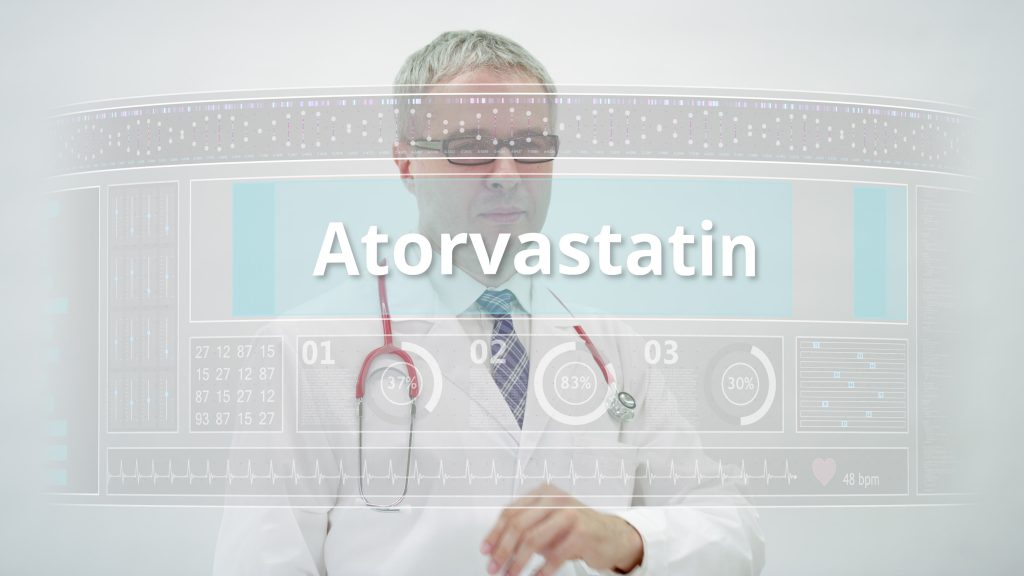Arq. Bras. Cardiol. 2020; 115(4): 637-638
Influence of Atorvastatin on Intimal Hyperplasia in the Experimental Model
This Short Editorial is referred by the Research article "Atorvastatin Reduces Accumulation of Vascular Smooth Muscle Cells to Inhibit Intimal Hyperplasia via p38 MAPK Pathway Inhibition in a Rat Model of Vein Graft".
Despite the significant advance in cardiovascular biomedicine in recent years, which provided a better understanding of the pathophysiology of coronary artery disease (CAD) as well as its prevention and treatment, this disease is still responsible for considerable mortality.
The CAD results from the pathological accumulation of atherosclerotic plaques in the coronary arteries that can lead to their occlusion and ischemia of the cardiac tissue. Among the treatments used for CAD, stands out the venous graft (VG), a type of surgical intervention for coronary artery bypass grafting. However, in the long term, there is a high rate of obstruction of VG, with expansive remodeling and increased deposition of low-density lipoprotein (LDL), which can cause intimal hyperplasia (IH), atherosclerosis and thrombosis., The IH is closely related to restenosis of the VG and begins in response to certain stress, which triggers inflammatory process and consequent endothelial dysfunction with proliferation and migration of vascular smooth muscle cells (VSMC).,
[…]
698

